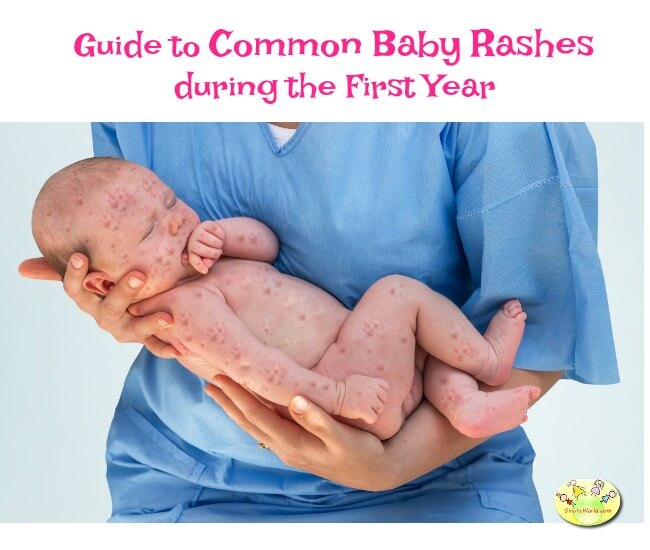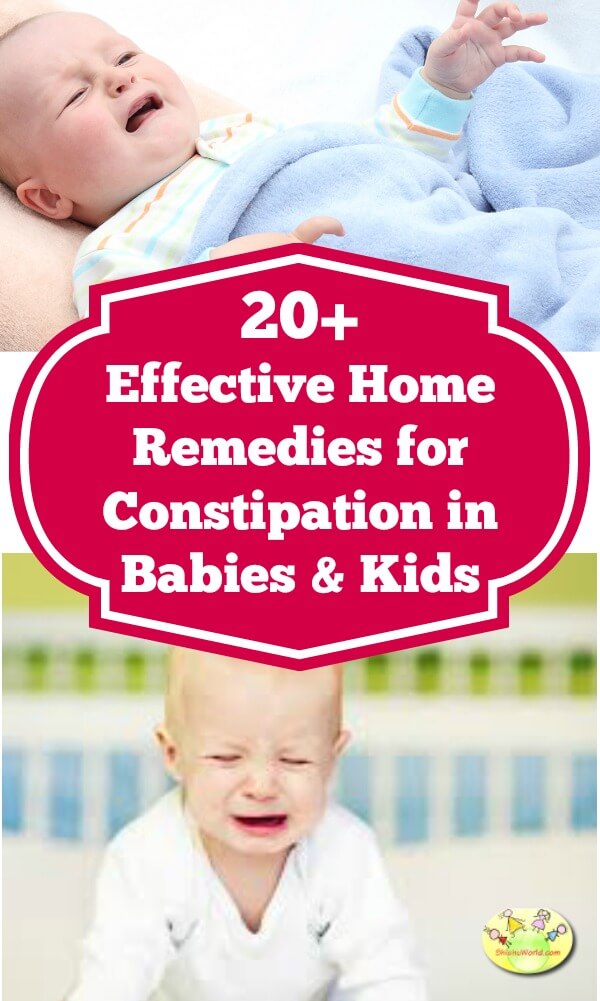Guide Common Baby Rashes during the first year
Baby’s skin is very sensitive and rashes of some form or the other are very common. A rash can be a simple, harmless redness on skin or more serious looking hives or even blisters. Some of them get healed on their own quickly while others may require some treatment and stay for a longer duration. Understanding various rashes, their causes and symptoms can help a parent in taking corrective action at the earliest. If in doubt, it is always best to consult baby’s doctor.
To find out Hospitals and Health Care Centers around your home, check out KHOJ , the cool app to find any baby resource.
Let us discuss some of the rashes, most commonly seen during the first year of baby’s life.
Out of these, nappy rash or diaper rash is most common and most babies suffer from it a few times during the first year.
Common Skin Rashes in Babies

Diaper rash
Diaper rash is a common rash in babies around and in nappy region. Continuous moisture against baby’s tender skin causes redness and sometimes blisters called diaper rash.
Read more about causes, prevention and treatment of diaper rash.
Baby Rashes from Diarrhea
Continuous irritating bowel movements during an attack of diarrhea can cause a sore rash around baby’s anus and bottom. This type of rash is usually bright red in colour and smooth across the whole region.
Prevention and Treatment
To speed recovery, the diaper must be changed as soon as it gets soiled. Clean baby’s bottom using lukewarm water and cotton balls.
Do not use harsh wipes which can irritate the sore skin further.
Leave the baby’s bottom without diaper for as long as possible. Air-drying helps in treating the rash.
Apply diaper rash cream after you have washed and pat-dried baby’s bottom.
Try to maintain baby’s fluid levels to cure diarrhoea. This rash cures itself once the condition is controlled.
Rashes on Face
Baby Acne – baby rashes
Most babies get some or the other kind of rashes on the face during the first year. First few months, most babies get several rashes and they are loosely called baby acne. Acne usually appears on face, neck and sometimes on back. It is also known as “infantile acne” or “neonatal acne“. It is characterized by white or red bumps.
Why Baby Acne ?
One of the reasons why acne occurs in babies is the high level of hormones in baby’s blood stream that are passed from the mother.
- Another common reason is the spit-up or milk residue on the chin.
It could also result due to some irritant like a synthetic cloth or plastic.
In breastfeeding babies, it could also be a result of some food which mother has ingested which does not suit baby and results in hives and rashes.
It can result due to some baby product like cream or lotion.
Acne can also be a result of some medication give to mother or baby.
Treatment of Baby Acne
Common acne does not need any treatment. It just goes away on its own after the first few months. If you are too concerned or if it seems to be getting worse, you must consult your doctor.
What can you do ?
- Try to just let it run its course. You can however keep a few thing in mind to ensure the condition does not get worse.
- Do not apply any lotions or oil on acne.
- Do not wash the skin too often using soaps etc. Washing baby’s face once a day during bath with lukewarm water is enough. Use a mild baby soap only if there is dirt or grime.
- Do not rub the skin after washing as it can irritate delicate skin even further.
- Do not use any over-the-counter medicines.
- Do not use adult anti-acne creams on babies.
Baby Rashes on Face,Scalp and Body
Milia
Milia are benign skin rash in babies around nose and cheeks which occur due to clogged pores due to dead skin cells. They are filled with keratin and resemble white heads. They are painless and do not cause any disconfomfort to baby.
Treatment
- There is no need for any treatment for Milia. It gets better on its own in a few months.
- Do not prick or scrub the pimples.
- Do not apply any lotions or medicine on baby’s face. They will only make the condition worse.
Drooling Rash in babies
Babies drool a lot especially during teething. This can cause a rashon baby’s chin and around baby’s mouth and sometimes cheeks.
Treatment
Gently wipe the drool off baby’s face using a soft, cotton was-cloth. Keep the face clean and dry.
Cradle Cap baby rash
Cradle cap is a yellow flaky dandruff like condition on baby’s scalp. Read more about Cradle cap.
Prickly Heat
Prickly heat is a common baby rash during hot weather. It is also known as “heat rash” or “summer rash” It is common in neck and back regions. Small pink or red bumps appear due to excessive sweating. Excessive sweating can lead to clogged pores which then does not allow sweat to escape, due to which tiny blisters form.
A really bad case of heat rash can spread to back and chest. It may sometimes be itchy which can aggravate the condition.
Prevention and Treatment of Prickly Heat
Prickly heat is a sign that baby is too hot. You should try to cool the baby down. Do not put too many layers.
- Dress the baby in thin, soft cotton, loose-fitting and comfortable clothes.
- Do not apply and creams or too much powder as they can make the condition worse by clogging the pores further.
- Talcum powder is not advised for babies but you can apply small amount of cornstarch based powder to baby’s creases to avoid accumulation of sweat.
- Use air-conditioning or fan to bring the temperature of baby’s room down.
- Do not rub the baby using towel etc.
- Give cool baths/ sponge-baths twice a day if weather is too hot.
- Trim baby’s fingernails so she does not make the condition worse by scratching herself.
- Keep the baby well-hydrated by giving regular breastmilk or formula feeds. If baby is over 6 months, you can also give water at regular intervals.
Does Prickly Heat require doctor’s attention ?
Prickly Heat is not serious and it does not bother baby much. It usually clears off on its own in a few days. However, if the condition gets worse or does not clear within a few days, you should see the doctor to make sure it is not something serious.
We hope this article helped you. If you like it, do share it in your circle. Please leave a comment to ask a question or let us know your feedback. You can follow us on Facebook, twitter and pinterest.
Further Reading:
First-aid box/health kit for babies
Diarrhoea in babies- causes,prevention and cure








Informative one and surely it will help us all.